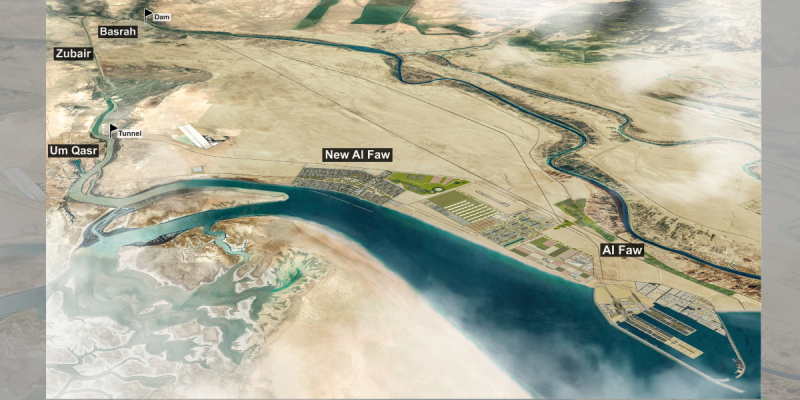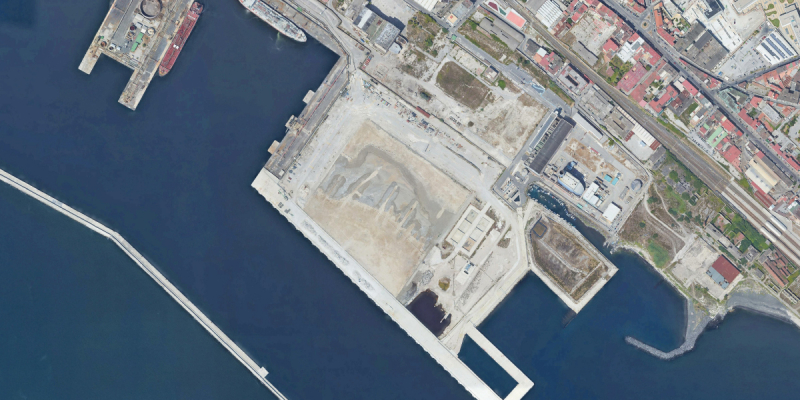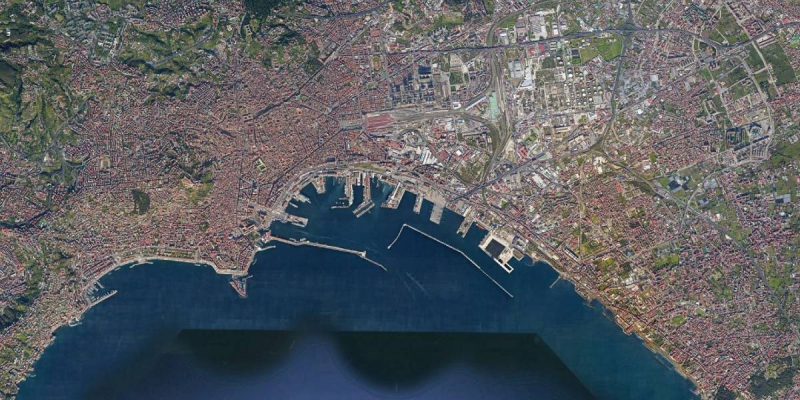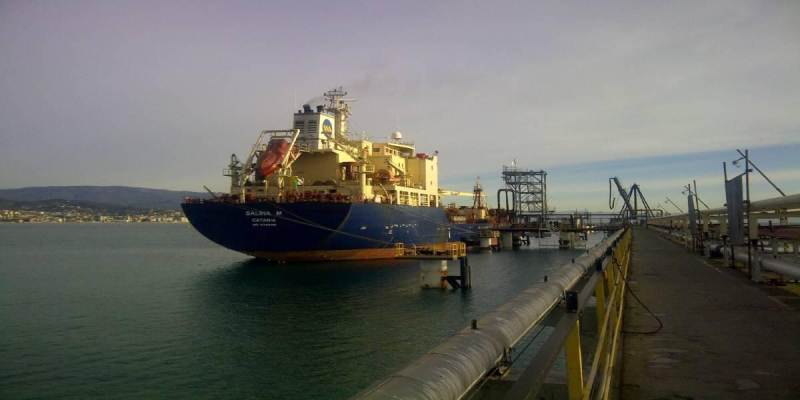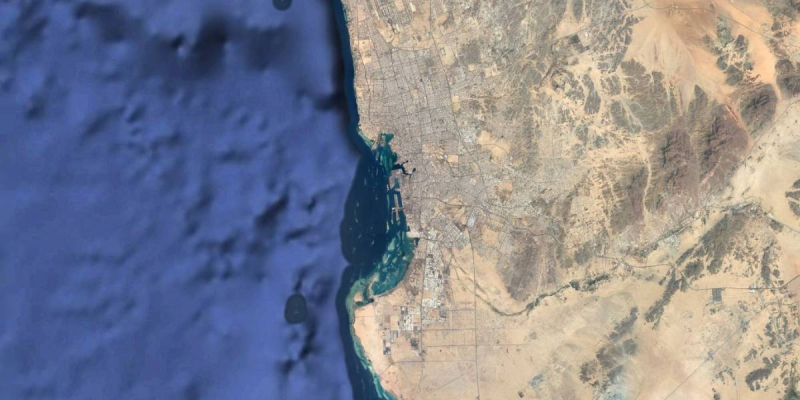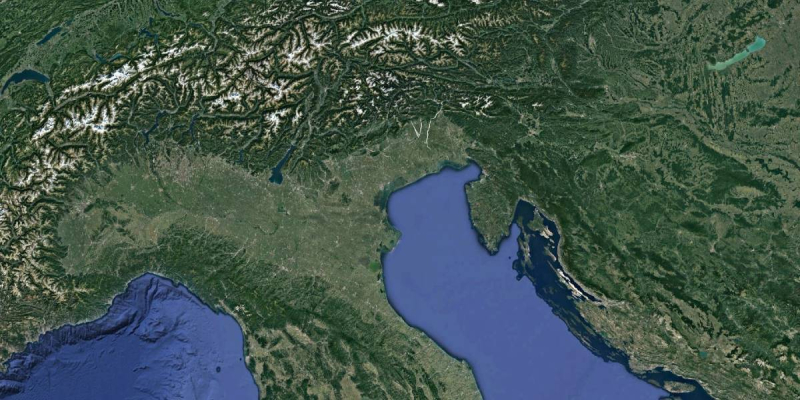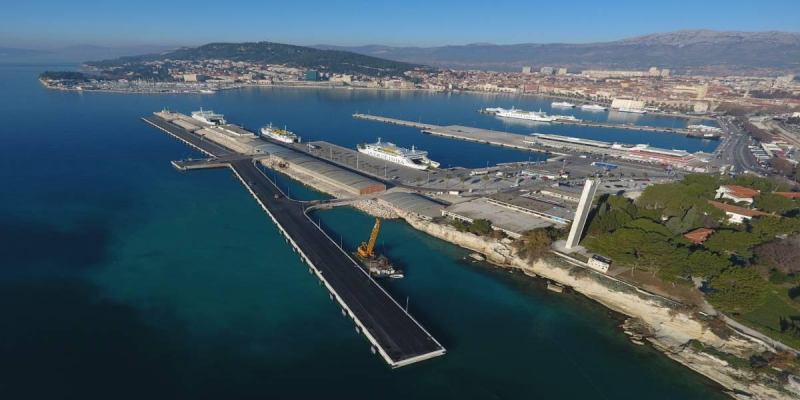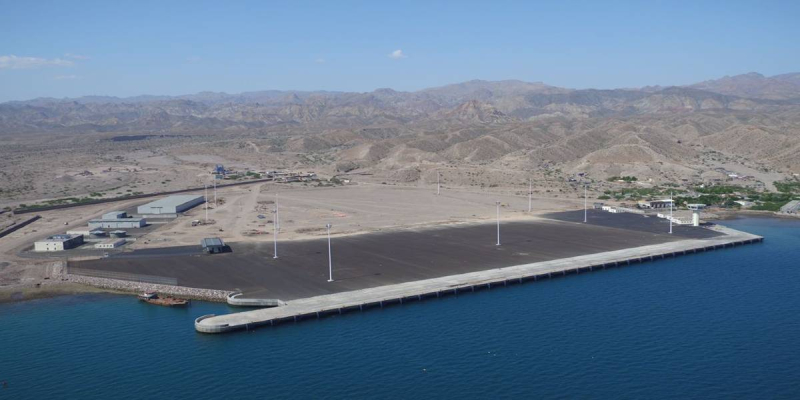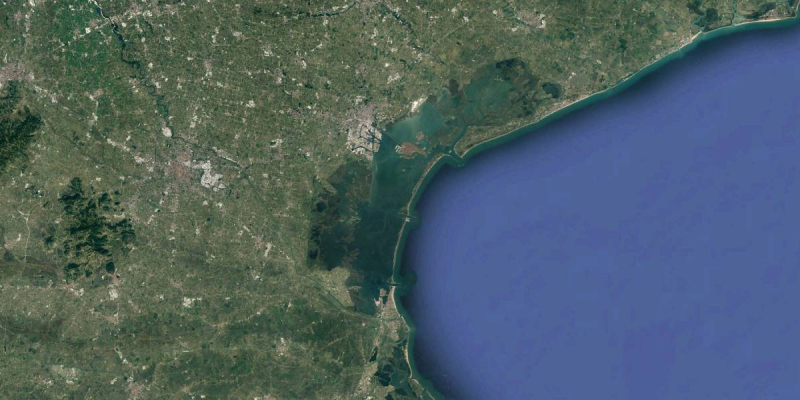
Ports et voies navigables Plans d amenagement de ports et etudes logistiques
Master Plan and Preliminary Design of Brighton Port (Trinidad e Tobago)
Objective of the Project was the preparation of the Master Plan and Preliminary Design for the development of Brighton Port at La Brea, located on the west coast of Trinidad and managed by the National Energy Corporation of Trinidad & Tobago (NE).
Originally planned as an infrastructure supporting the oil & gas industry, being used as logistic base for offshore wells and rigs and for the prefabrication, assembly and repair of such structures, in the recent past Brighton Port started to be used also as a multipurpose cargo facility.
More recently, various other private companies planned to invest in the area and presented to NE official requests for dedicated port areas and berths, with the purpose of handling liquid petrochemical products (Methanol, DME), liquefied natural gas (LNG), as well as bulk, break-bulk and containerized cargoes. Due to the number of additional berths required, the volume of products to be handled and the request to handle also dangerous products, NE decided to rationalize the requests of the interested companies within the framework of an overall Master Plan of the port, with a time horizon of 25 years. Furthermore, in order to avoid the risk of planning decisions not consistent with local site conditions or with technical analysis generally carried out at a later stage, also the Preliminary Design of the port infrastructures was required to be developed in parallel with the Master Plan.
The process for developing the Master Plan was articulated in the following phases:
- Definition of functional and operational requirements for the port development, in particular: type and throughput of products to be handled; dimensions and number of vessels expected to use the port for each type of product and, based on the agreed berth occupancy rate, the number of berths required; main spatial requirements for the different port areas and berthing facilities, to include consideration of safety distances related to the handling of dangerous oil & gas products.
- Analysis of local site conditions, including: metocean and coastal conditions (winds, waves, water levels, currents, sediment transport tendency) – a modelling study of wave propagation in the port area was also performed in support of the master planning, and then of Preliminary Design activities;
- geological, geotechnical and seismic features of the project area.
- Development of Master Plan alternative layouts: during this planning stage, a number of alternative layouts were studied, following two different development concepts:
- a more traditional concept, providing for the location of oil & gas berths on separate offshore jettiesand also reducing the areas to be dredged;
- an alternative development concept, allowing for the requests of the companies handling petrochemicals and LNG to moor and operate their ships along inshore berths, thus minimizing the distance between the industries and the berths.
- Preliminary sizing of main marine structures’ typical cross sections, so to develop port layouts certainly feasible and for which it is possible to provide a preliminary estimate of construction costs.
- Multi-criteria comparison of the proposed Master Plan alternatives and identification of the most promising option from an overall technical and economic standpoint.
After approval of the Master Plan layout, the dimensioning of the works for Brighton Port expansion – including dredging works, quays, embankments, water drainage and treatment system – was further developed at proper Preliminary Design level, in compliance with the specific project requirements and applicable internationally recognized best practices, design criteria, codes and standards.
Client
National Energy Corporation of Trinidad and Tobago Ltd
Lieu
Trinidad & Tobago
Prestations de service
Master Plan, Preliminary Design
Coût des travaux
Euro 72,189,250,08




